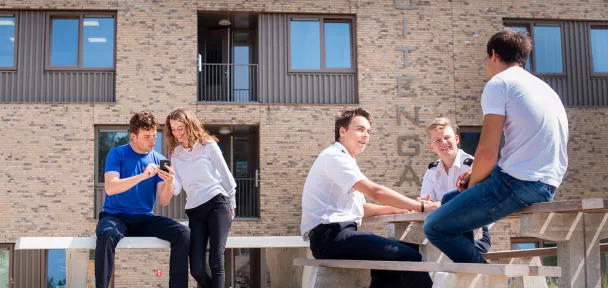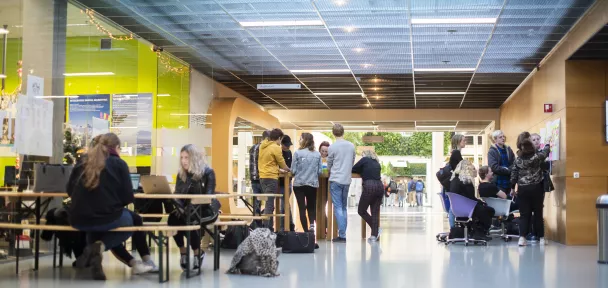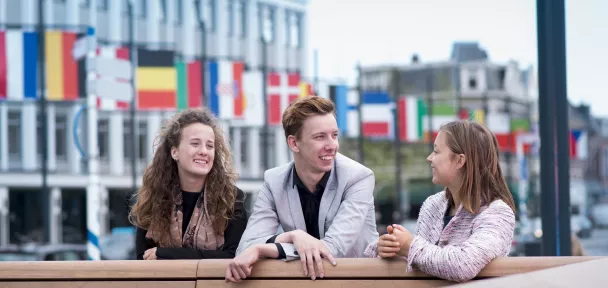
Book development
Talking about and working on a social topic, such as gender diversity or coping with the loss of a loved one, can help children learn and understand others. With the children’s books project, students not only develop a useful tool but as the project uses the concept of Design-Based Education (DBE) the process they go through is as important as the final result. “Students are practice-orientated, developing their own identity and pushing their own boundaries when working on this project,” explains lecturer Kirstin Botter. Student Merleau Schwieters agrees: “You need a lot of creativity and perseverance, particularly at the beginning of the project.”
The students got to choose between several social themes. Lily Godts and her group chose to elaborate on ‘third culture kids’, children who spend an important part of their childhood in a culture other than that of their parents. “We want to make sure that children with constant temporary residence will feel at home with children who are in the same boat as them.”
Combining strengths
Although each group worked on their own social topic, the process they went through was the same. As were the challenges. “Collaboration has its pros and cons,” says Merleau. “You’re very dependent on the group you’re working in and this can undermine your own commitment. But more and better insights will also arise when you combine strengths.”
Trial and error
Following their internships in the second semester, the students were able to make changes to the prototype of their book based on the experiences they’d gained during their internships. In this way, creating the children’s book meant it was also an exercise in expanding boundaries, trial and error and broadening horizons. Merleau: “Presenting the final book was a moment we were all very proud of.” Lily’s highlight of the project, however, was getting to know her fellow students as she thinks it added more perspective to the project. But they both experienced low points as well, like getting their project groups together and feeling the stress of upcoming deadlines. Luckily Kirsten has some advice for everyone. “There will be moments when you just want to give up. But out of this frustration, creative ideas will grow – so embrace it!” Lily adds: “And it’s important to adjust to different situations and to come up with creative solutions.”
Tackling social themes
All the children’s books that were created have been given a spot in the NHL Stenden library in Meppel. Kirstin feels the project is important for a number of reasons. “Apart from the skills the students developed, the written curricula can also be used by lecturers to tackle social themes.”




